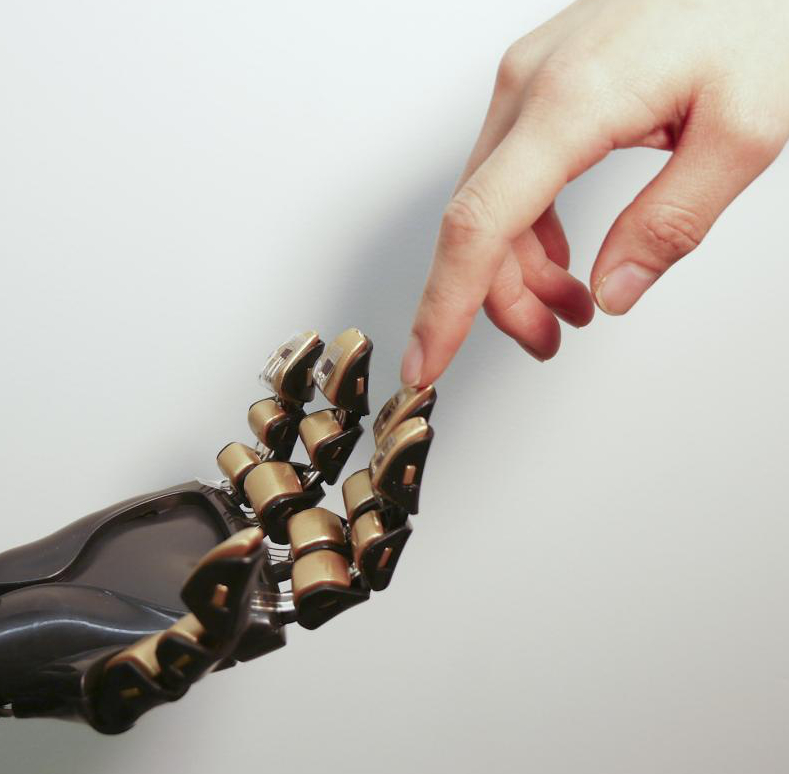Touching upgrade for tech hands
 Chinese engineers have developed a new system to allow robots to touch.
Chinese engineers have developed a new system to allow robots to touch.
Researchers have unveiled a new artificial sensor designed to discern intricate fabric textures, with the sensitivity of the human fingerprint.
The development holds promise for advancing robot tactile capabilities, refining human limb prosthetics, and potential applications in virtual reality.
The newly developed ‘flexible slip sensor’ technology emulates the nuanced features of a human fingerprint. The system identifies subtle features on various surfaces by simply touching or sliding the sensor across them.
Through the integration of machine learning, the sensor demonstrated an impressive ability to accurately identify 20 different fabrics, including corduroy, wool, linen, nylon, polyester, and seersucker, achieving up to 100 per cent accuracy.
Lead researcher Chuan Fei Guo and team faced the challenge of creating a real-time artificial sensory system with high spatiotemporal resolution and sensitivity.
They used a flexible slip sensor that mimics the human ability to capture both static pressure and high-frequency vibrations when gliding a finger across an object; a feat previously challenging for artificial tactile sensors.
The team's integration of the sensor onto a prosthetic human hand gave it the capacity to capture subtle tactile signals. This breakthrough opens avenues for enhancing the sensory experiences of robots, improving tactile feedback for individuals with artificial prosthetics, exploring tactile-based virtual reality applications, and potentially influencing advancements in consumer electronics.








 Print
Print